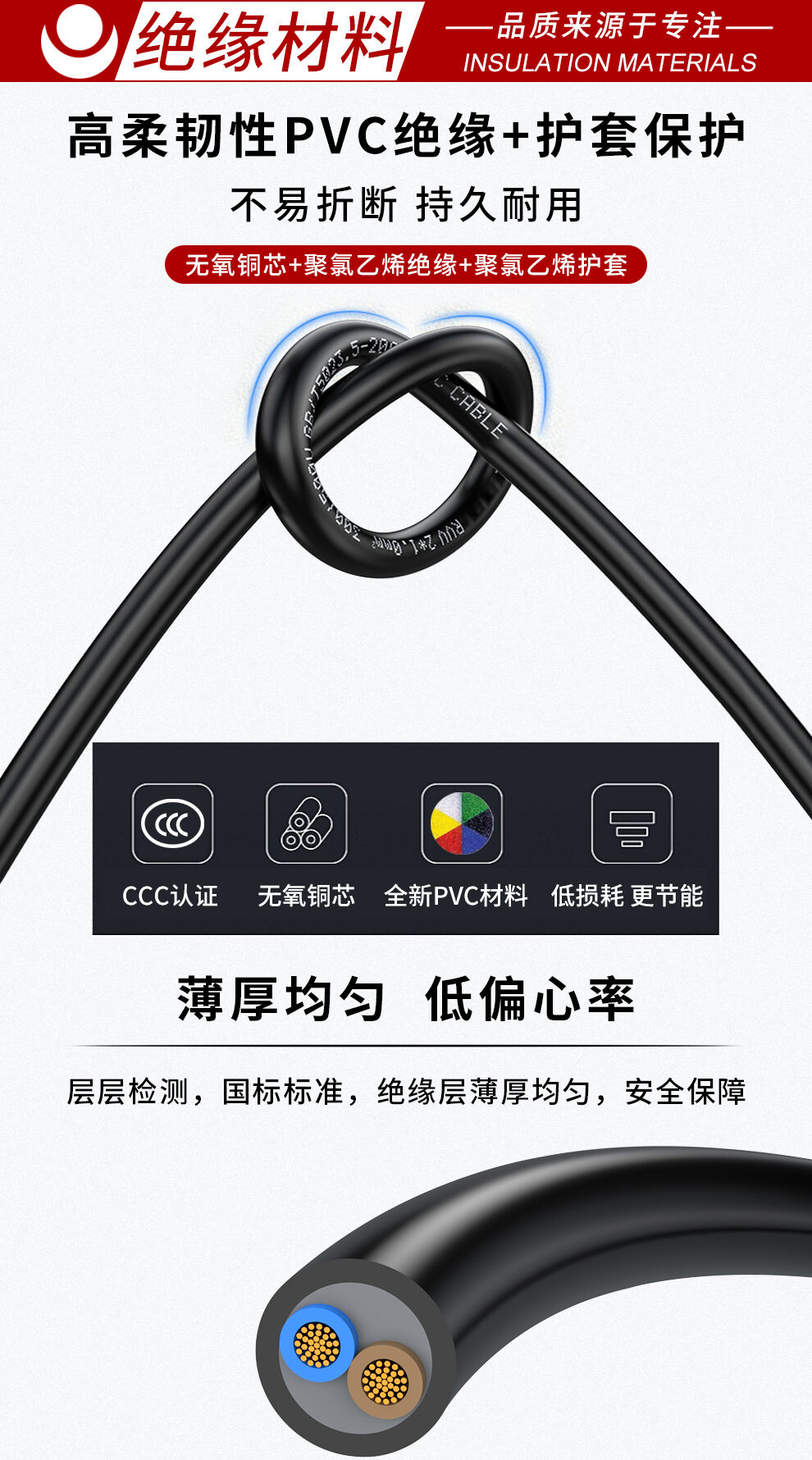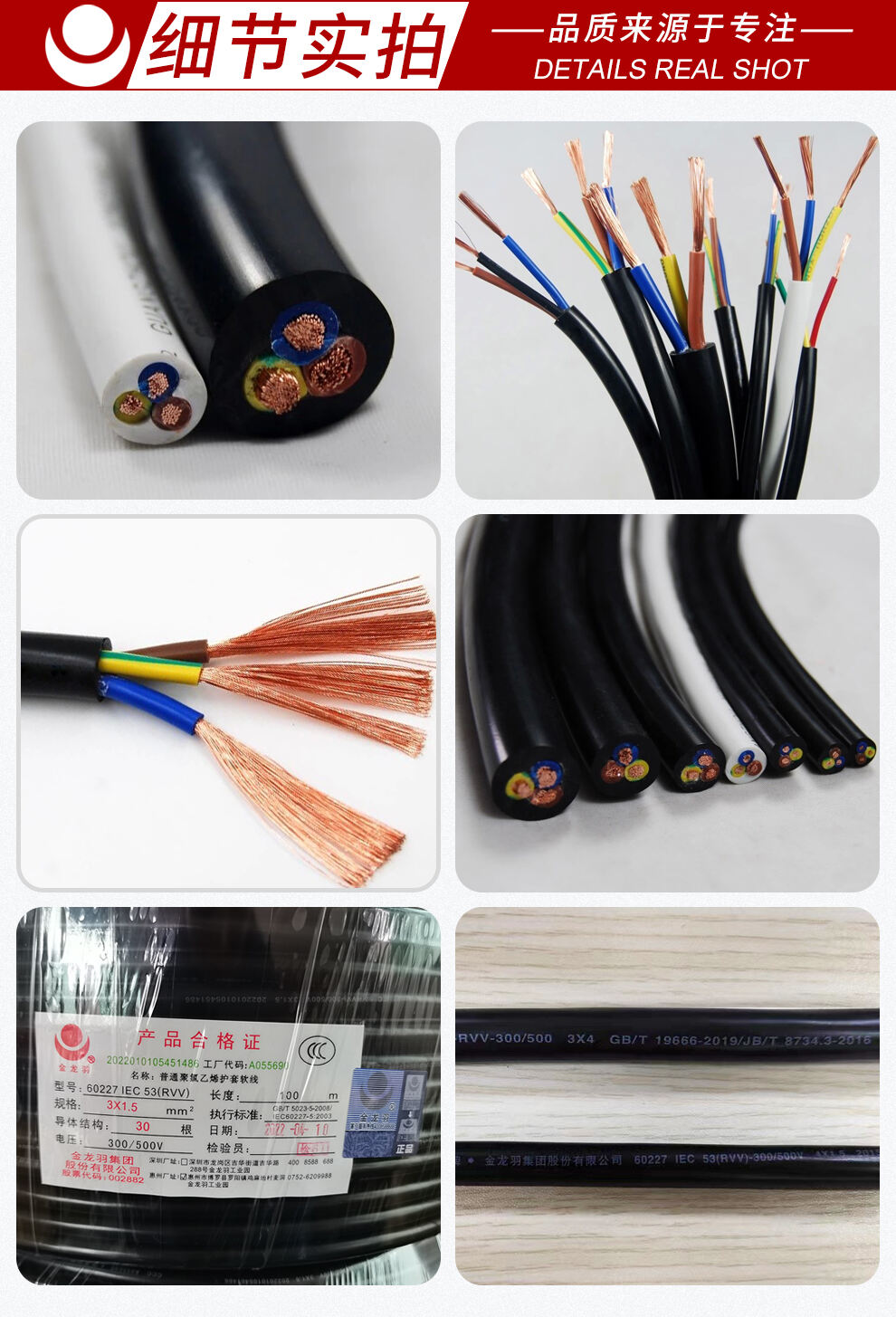Testing electrical cables for quality is a comprehensive process that involves multiple methods to ensure their reliability and safety. Visual inspection is the first step, where cables are examined for any physical damage, such as cracks in the insulation, exposed conductors, or improper terminations. Electrical tests include measuring the insulation resistance using a megohmmeter to check for any leakage currents and ensure the integrity of the insulation material; a high insulation resistance value indicates good quality insulation. Continuity testing is performed using a multimeter to verify that the conductors within the cable are unbroken and provide a continuous electrical path. Conductance testing measures the cable's ability to carry electrical current, ensuring it meets the specified current-carrying capacity. For high-voltage cables, high-potential (hipot) testing is conducted to subject the cable to a voltage higher than its rated voltage for a short period to detect any weaknesses in the insulation. Additionally, temperature rise tests can be carried out to assess how the cable performs under load and whether it overheats, which could indicate poor quality or improper sizing. Chemical and material analysis may also be performed to verify the composition and quality of the insulation and conductor materials, ensuring they meet the required standards and specifications. Regular quality testing of electrical cables helps to identify any potential issues early, ensuring that only high-quality cables are used in electrical systems.


